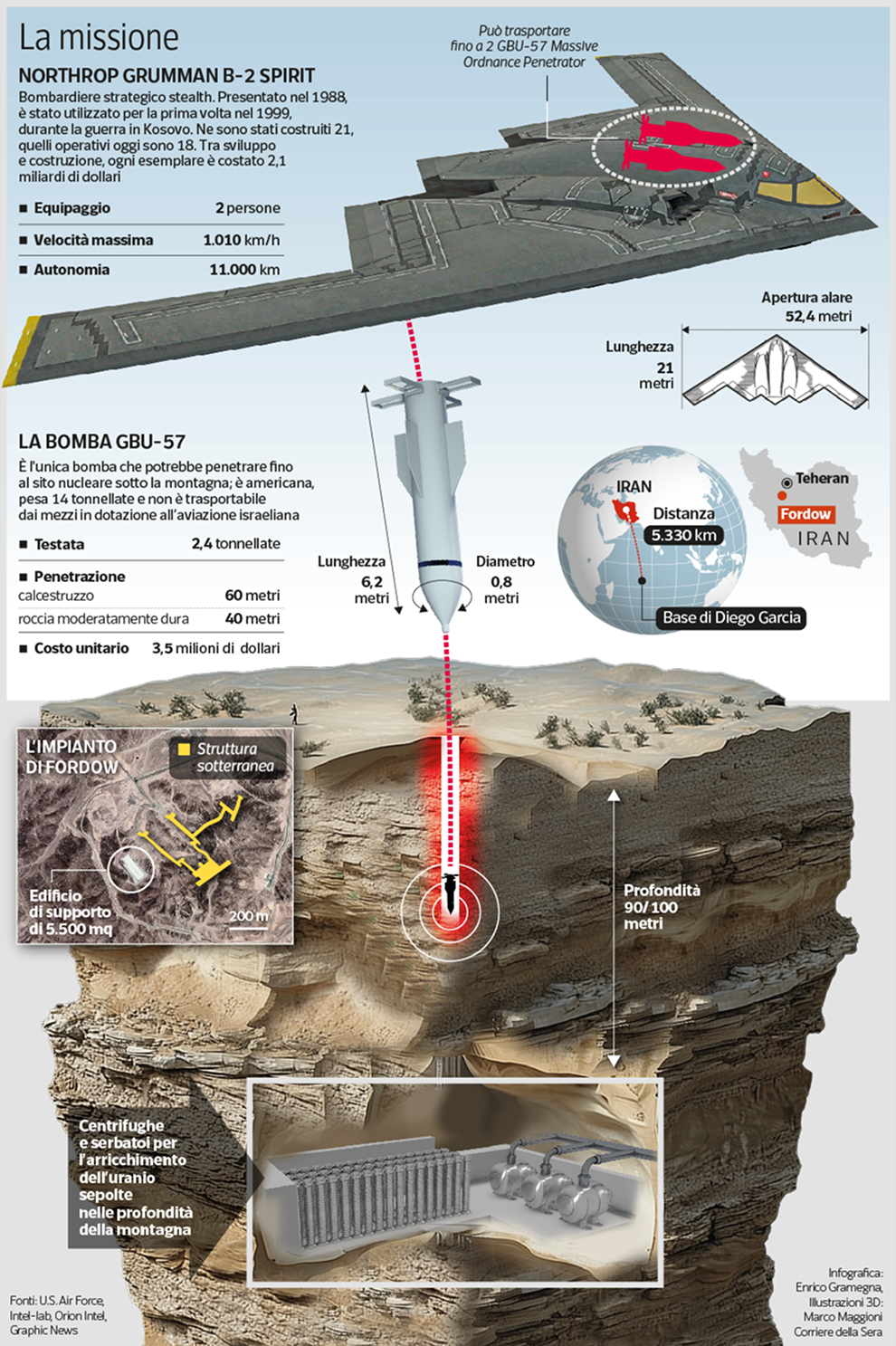The future of coins, this is what (and when it arrives) the digital euro

Piero Cipollone of the European Central Bank guest of the Banca Impresa 2030 Observatory in the Milanese spaces of KPMG. The future and the functionality of the common currency that will change consumer habits
There digitization of finance began in Italy, for the general public, in the mid -seventies of the last centurywhen the first ATM appears, or i ATM in popular expression. Until then, the cash could only be withdrawn to the banking agency in the opening hours. And at the time not all banks opened to the public in the afternoon.
The great innovation was born in B, when Barclays presented to Enfield Townin the north of the capital, the first Automated Teller Machinerecently invented by John Shepherd-Barronwho worked for the De La Rue Instruments. It was June 27, 1967. It was a revolutionary moment: The provision of money from the bank’s times was detached. A path that would then lead to direct payments in the accounts of the sellers of goods and services, thanks to the introduction and dissemination of Pose (Point of Saleswhich are also portable today) and then gradually with all subsequent innovations until they reach pay with it smartphonewithout needing the « ATM card » with it. The next step is already written and it is the birth of dematerialized currencies, to which the recent day of work was dedicated of theBanca Impresa Observatory 2030: Eurosystem and digital euro.
Advantages
The appointment, as always behind closed doors, will recall today in the Milanese headquarters of Kpmg, Piero Cipollone, a member of the executive committee of the European Central Bank that will illustrate the overall strategy that the ECB is implementing in the payments segment. Cipollone, former deputy general manager of the Bank of Italy, took stock of the situation regarding the introduction of the common digital currency and the advantages that this will lead to the common citizen.
With him, they were the hosts, Lorenzo Macchi And Bruno Verona of KPMG, the rector of the Liuc Anna Gervasoni And the former deputy director general of the Bank of Italy, Anna Maria Tarantola. The works of the Observatory, born from the collaboration between AIFI, Corriere della Sera and Kpmg Foundation, with an important initial push of the Foundation for Varese, participated Innocenzo Cipolletta President of the AIFI, Gian Maria Gros-Pietro President of Intesa Sanpaolo, Pier Carlo Padoan President of Unicredit, Giovanni Pirovanopresident of Banca Mediolanum, Claudia Cattani President of BNL of the BNP Paribas group, Fabrizio BurlandoCEO of ATM, Marco Siracusano Postepay CEO, Giovanni Brugnoli of Confindustria, Silvia Pagani by Confindustria Varese, Matteo Fumagalli Romario of Sol, Umberto Ambrosoli of Banca Aletti, Maurizio Tamagninifounder and CEO of FSI, Victor Massiah, Corrado Passera And Alessandro Profumo. The conclusions were instead entrusted to Daniele Mancadeputy director of Corriere della Sera and Giovanni Gorno Tempinipresident of the Cassa Depositi e Prestiti.
Turns
The digitization of currencies and the impact that new technologies promise to have in the near future on the payment market are some of the epochal turns that will be made in this historical period. At institutional level, the Bank of Italy was one of the most active and proactive central institutes in this sector, providing in recent years an important contribution to the positions of the European Central Bank. But the project is still far to be realized: the digital euro will not find space in ours wallet Before 2032. It will be, says the ECB, « a digital currency of the central bank, an electronic equivalent of the cash. It would support banknotes and coins, offering the most choice of people on how to pay ». That is to say, « A digital euro would be a digital form of cash: a means of electronic payment of retail issued by the European Central Bank. As a form of public money, it would be Available for free for all in the euro areafor any digital payment ». Two particularly important aspects. On the one hand the privacy. The ECB writes: «The use online of the digital euro would not allow us to trace your identity based on the payments made. In addition, for offline payments, the digital euro would also offer a level of privacy comparable to that of cash ».
On the other the safety. «A digital euro It would not be a cryptoactivity. Cryptactivity are risky and unstable because they are not guaranteed or managed by a central institution. Those who hold cryptoactivity has no guarantee that can change them in cash if necessary. A digital euro, on the other hand, would be guaranteed by the same institution that guarantees your cash, that is, by the European Central Bank. And just like the cash, a digital euro would always keep its nominal value ».








